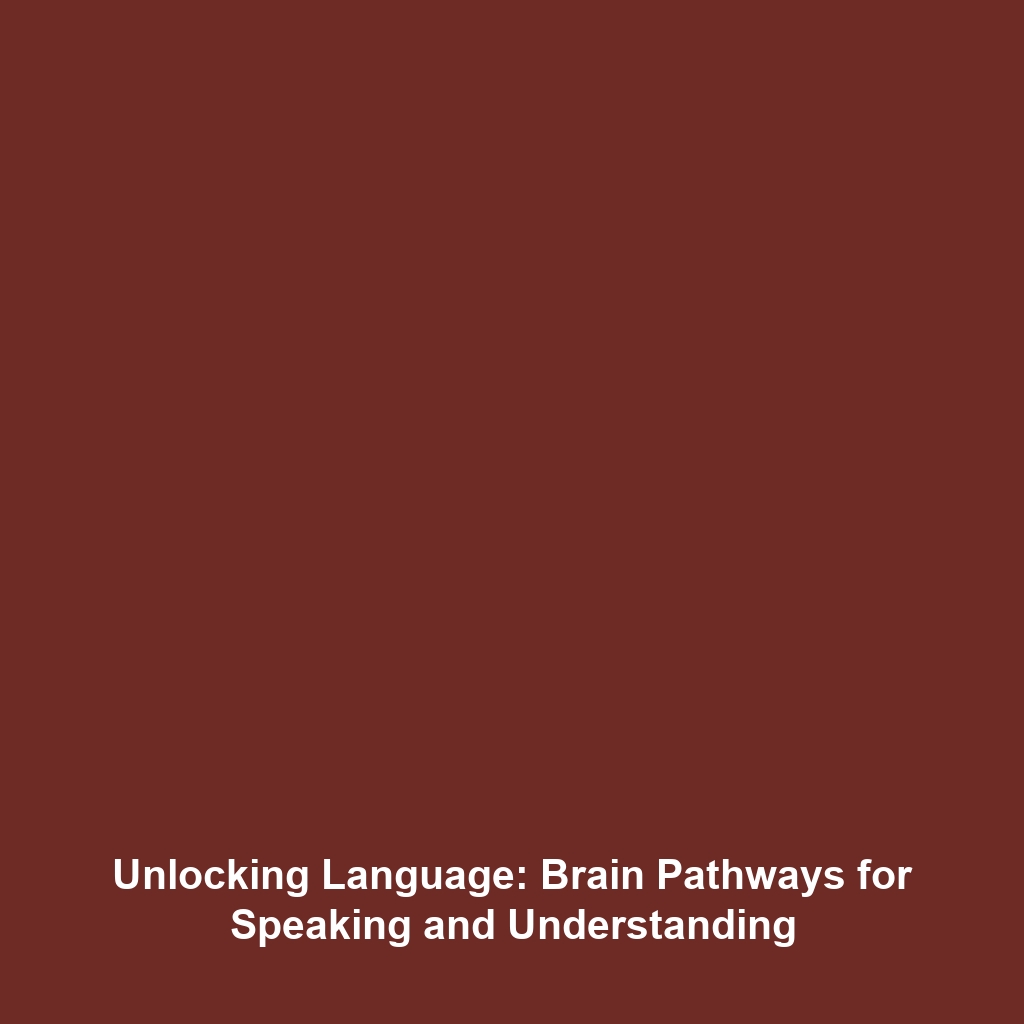Key Research Projects Exploring the Cognitive and Emotional Capabilities of Humanoid Robots
Introduction
The exploration of humanoid robots has brought forth exciting advancements in robotics, particularly in cognitive and emotional capabilities. Understanding how humanoid robots interact with humans emotionally and cognitively is paramount, as these robots are becoming integral in various domains, from healthcare to education. By investigating significant research projects, we can comprehend the immediate impacts and future prospects of humanoid robots in society.
Key Concepts
Cognitive Capabilities
Cognitive capabilities in humanoid robots involve mimicking human-like thinking processes, including perception, learning, and decision-making. Key research projects focus on artificial intelligence (AI) applications that improve how robots interpret data and respond accordingly.
Emotional Capabilities
Emotional capabilities pertain to a robot’s ability to recognize and appropriately respond to human emotions. This incorporates facial recognition systems and affective computing, which enable robots to enhance interactions with users, leading to improved user experiences in diverse environments.
Applications and Real-World Uses
The practical applications of research into the cognitive and emotional capabilities of humanoid robots are manifold. Some examples include:
- Healthcare: Robots that assist in therapy by understanding and responding to patients’ emotional states.
- Education: Educational robots that adapt teaching methods based on students’ emotional reactions.
- Customer Service: Humanoid robots that enhance customer interactions by recognizing emotions and tailoring responses.
These applications showcase how the understanding of cognitive and emotional capabilities is profoundly transforming the landscape of humanoid robots.
Current Challenges
Despite significant advancements, several challenges remain in studying and applying these research projects:
- Technological Limitations: Current AI algorithms may not fully replicate human emotional understanding.
- Ethical Considerations: Concerns regarding privacy and the ethical use of emotional data collected by humanoid robots.
- User Acceptance: Many users might be hesitant to engage with robots perceived as too human-like.
Future Research and Innovations
The future of humanoid robots is poised for groundbreaking innovations. Upcoming research aims to enhance emotional intelligence through advanced machine learning techniques, leading to robots that can engage more deeply with human users. Breakthroughs are anticipated in areas such as:
- Improved context-aware systems that allow robots to gauge human emotions more accurately.
- Neural networks that better simulate human-like cognitive processes.
Such advancements will significantly enhance the role of humanoid robots in various industries.
Conclusion
In summary, key research projects exploring the cognitive and emotional capabilities of humanoid robots play a critical role in the advancement of humanoid robotics. As we continue to navigate the complexities of human-robot interaction, ongoing research remains vital to unlocking the full potential of these entities. For more insights on related topics, consider exploring our articles on Healthcare Robots and AI in Robotics.


